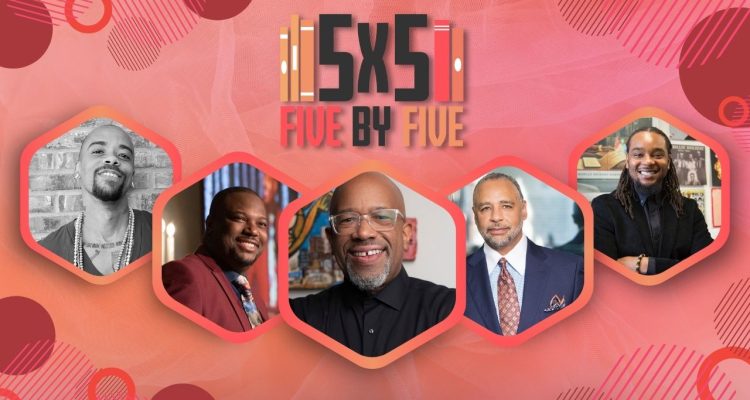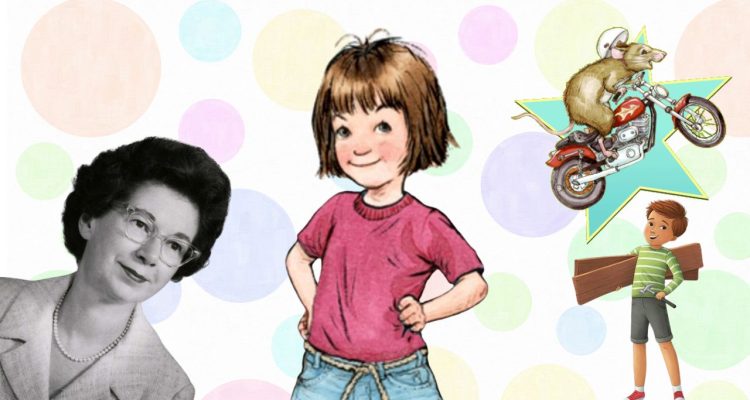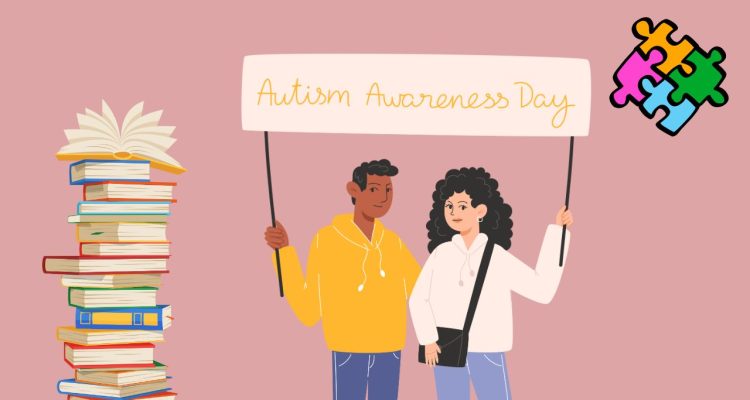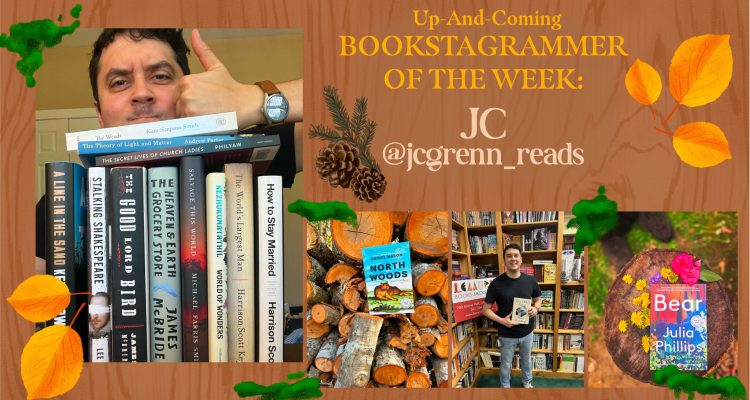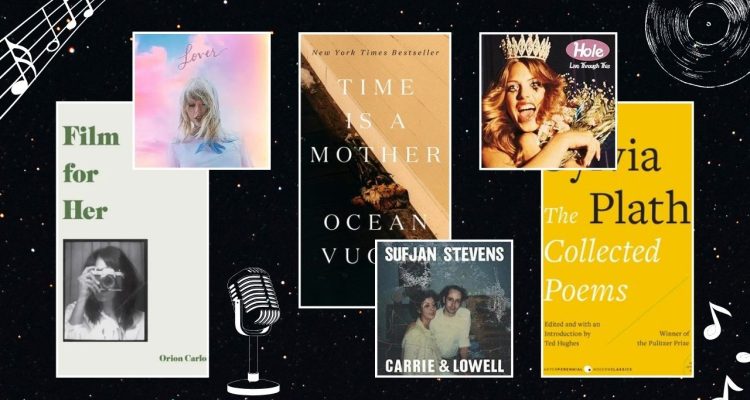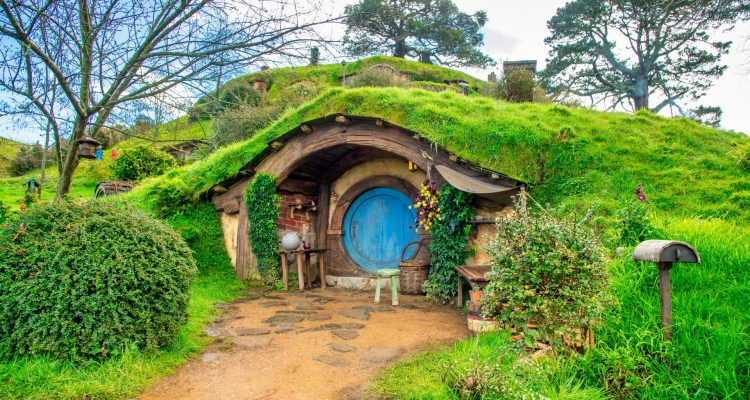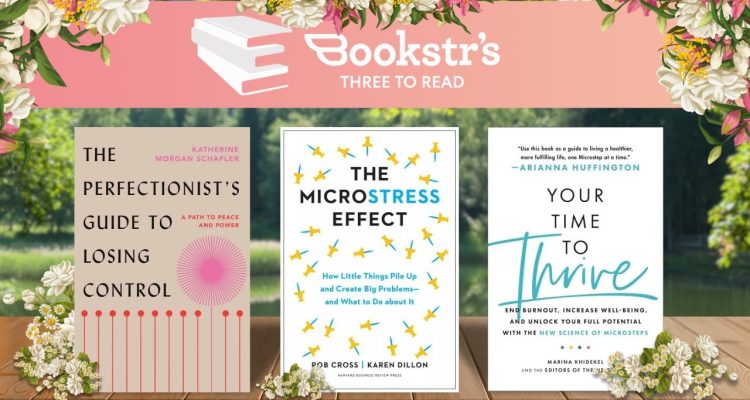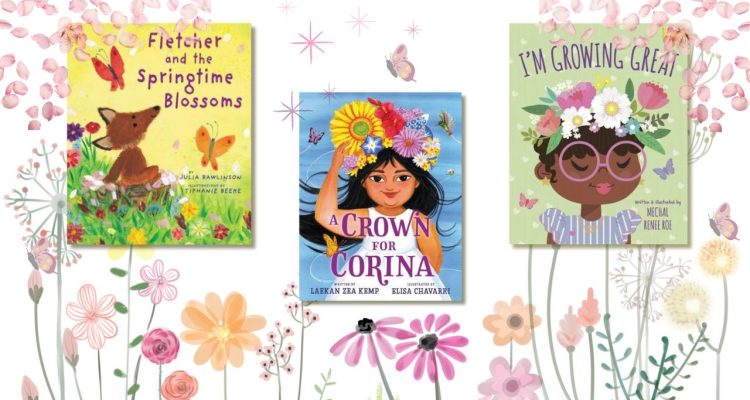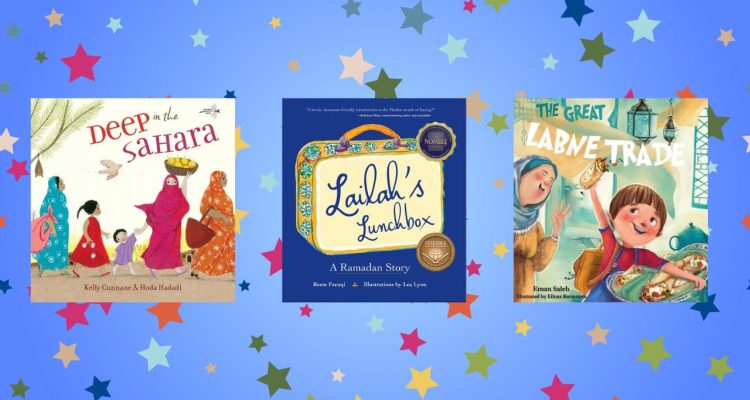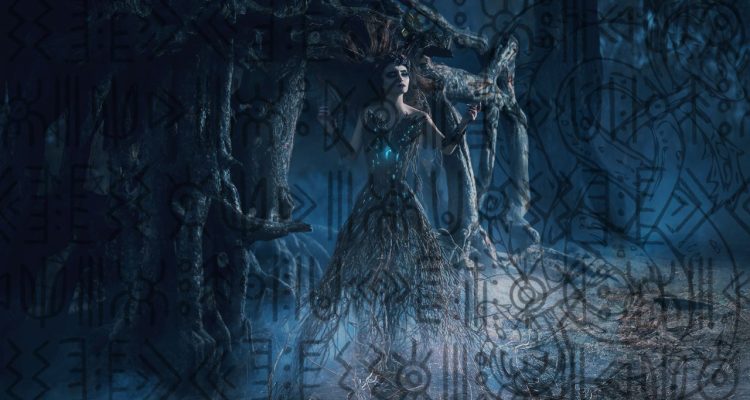You likely wouldn’t imagine that poetry and the horror genre would have anything to do with each other, but the two often mix much more than you would think. From gothic classics to twentieth-century frights poetry has been a medium for conveying the most terrifying of genres to audiences in search of shorter, lyrical stories. Starting with a classic of horror poetry, Edgar Allen Poe is perhaps the most well-known horror poet, as well as the first person on this list!
“The Raven” – Edgar Allen Poe

Perhaps the most notable and well-known horror poem, Poe’s iconic “The Raven” has been chilling audiences since 1845. Besides being a notable poem for its supernatural qualities, the use of repetition of “Nevermore” only heightens the madness being felt by this sad and grieving narrator. Poe not only delivers a poem with a spooky atmosphere that could be quoted around any campfire, but a sad tale as well of love lost to death that is truly an emotional tale. Though it made the tagline “nevermore” famous, the poem will be famous “forevermore”.
“Goblin Market” – Christina Rossetti

Not quite the same gothic stylings of Poe, Rossetti’s “Goblin Market” tells the tale of two sisters who stumble across a parade of goblin men selling fruit that tempts them. When one sister succumbs to this forbidden fruit and falls ill as a result, her sister must face the horrible goblin men to get her a cure. Rossetti’s poem is not conventional horror, but describes these goblin creatures as grotesque little fiends preying on the two sisters. Besides being a rather creepy poem itself, it has much deeper meanings, touching on sisterhood, sexuality, and temptation through this fairytale like imagery.
“Christabel” – Samuel Taylor Coleridge

One of Coleridge’s unfinished poems, the story of Christabel follows the titular character as she rests in the woods to pray by an oak tree, when she encounters a stranger named Geraldine. She claims to have escaped from bandits who stole her from her home, and taking pity on her is invited back with Christabel. All is not what it seems however, and something strange surrounds the mysterious Geraldine. The family dog groans around her, she’s averse to iron, and seems to enchant Christabel’s father, leaving the protagonist to fear who she has brought to her home.
A classic of gothic literature, “Christabel” is a long, story formatted poem, much like Coleridge’s “Rime of the Ancient Mariner” and other long works. It tells a story just as well as any prose piece, despite being unfinished by the author.
“I Felt a Funeral, in My Brain” – Emily Dickinson

Mortality and mental health are both addressed in this dark and slightly unsettling poem by renowned author Emily Dickinson. The funeral taking place in the brain of the narrator can be looked at as a metaphor for madness and slowly losing sanity, much in the way of Poe’s “The Raven” as well as being widely regarded as a piece examining anxiety or depression. Madness of any sort is often a frightening concept, and the way Dickinson’s narrator speaks to the “treading – treading” of footsteps in their head, it leaves quite the eerie sensation.
“The Darkness” – Lord Byron

Another classic of the Romantics, “The Darkness” by Lord Byron is an epic tale of an apocalypse, likely inspired by the eruption of Mount Tambora in 1816, which drastically affected weather and climate around England, providing inspiration for Byron. The poem is, as is a pattern with horror poems, a bit of a long one but a good one. Reading almost like a story itself, “The Darkness” wins in the end consuming all, and as the last line puts it, “She was the universe.”
“Samhain” – Annie Finch

In a poem celebrating the originating festival that would later become the Christianized Halloween, “Samhain” (pronounced saa-wn) is one of many poems by Annie Finch that is focused on spirituality, and is much more than just a cheesy Halloween poem. The vibe of the poem gives a haunting gait with it’s rhythm and speaks of the holiday in a way that you can practically imagine those who first celebrated it would talk about the changing of seasons. It’s archaic yet modern, and a standout poem by a very influential feminist poet of todays world.
“Field of Skulls” – Mary Karr

A gory poem to finish off this list, Mary Karr’s “Field of Skulls” does something unlike a lot of the other poems on this list, by trying to evoke your own images of terror by giving brief examples of horrific imagery. Her poem invites the reader to imagine staring out into the night and see what images appear before them. “For you: a field of skulls, angled jaws and eye-sockets, a zillion scooped-out crania.” she states could be the beginnings of the dreadful trip you’ll experience. The poem is raw, visceral, and downright beautiful in its verse, and definitely worthy of a place on this list and as a future read.
All of these poems give the kind of chilling energy anyone could want in the unique blend of poetry and horror, and they’re perfect for reading anytime of the year. Whether it’s National Poetry Month, Halloween, or just a night that needs a little fright to spice it up, these poems are certain to please, and also, are all available to read for free online! And for those looking for even more frights, you can find more horror here!

